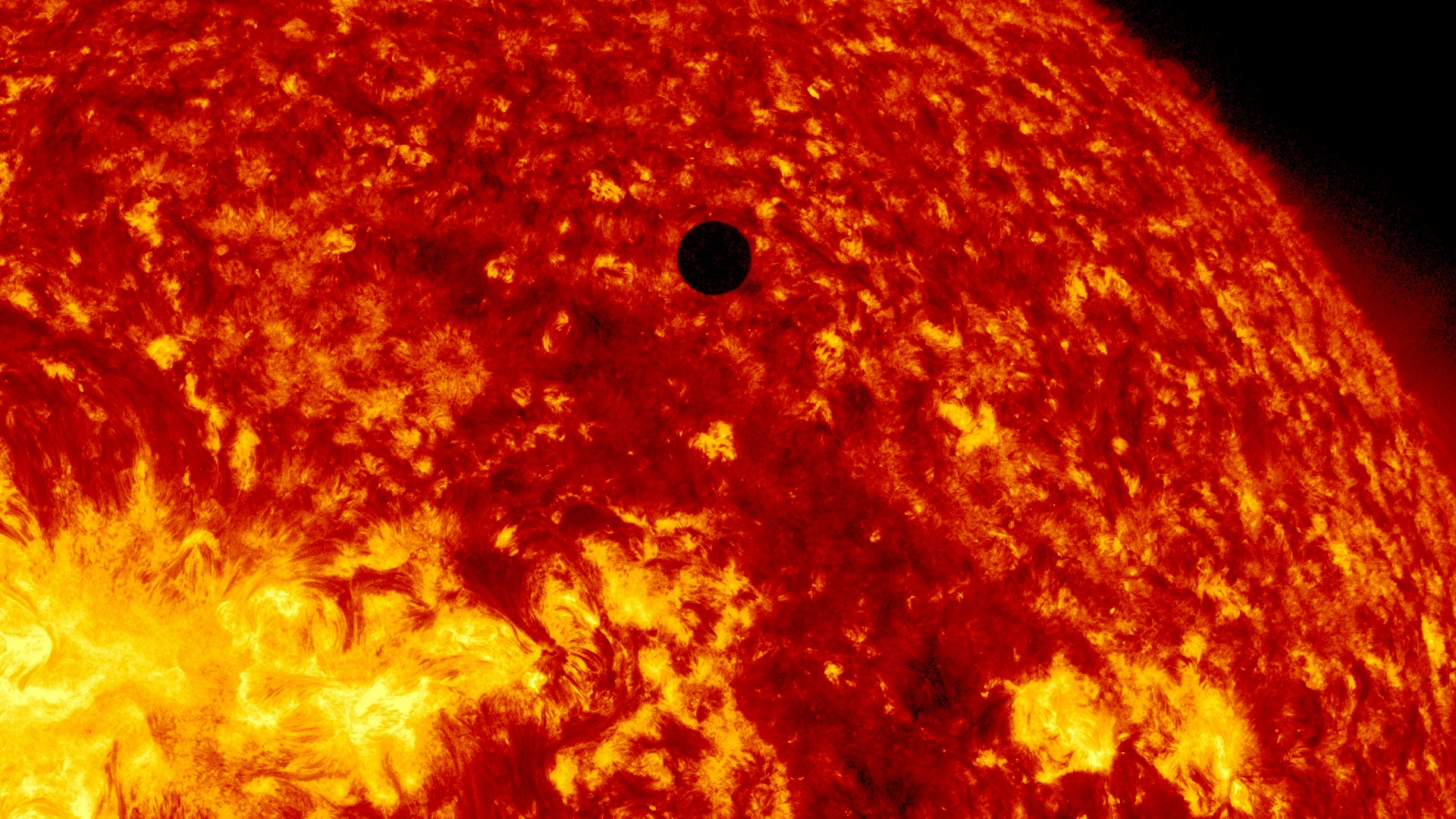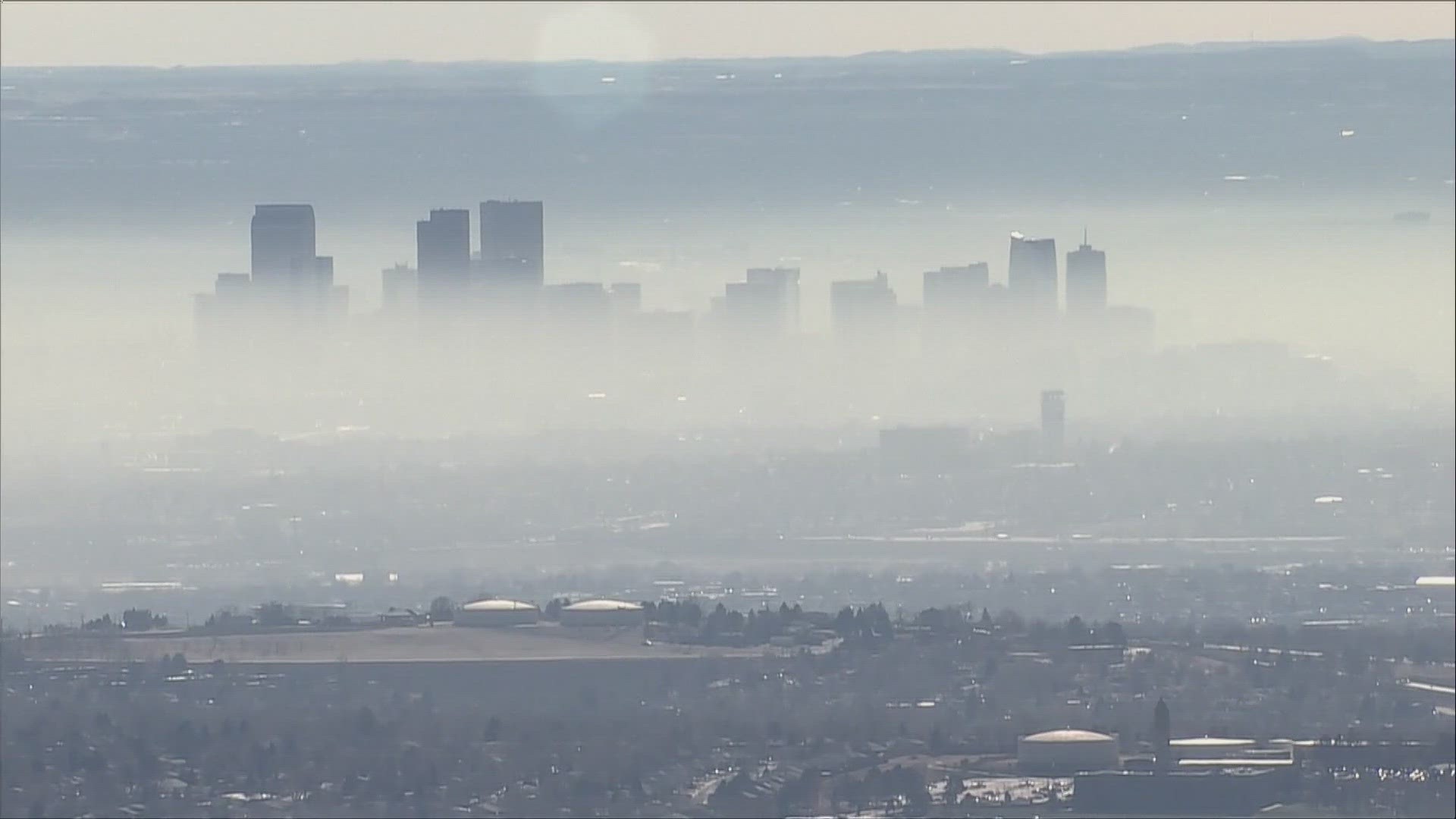The solar science community is looking for some new blood. Technology in that field is advancing so fast, they are running out of scientists qualified to use it.
The National Science Foundation's new Daniel K. Inouye Solar Telescope is being built in Hawaii, on the island of Maui. Scientists say it will redefine what we know about the most important object to life on earth, our sun, something we just don’t know enough about.
“The sun is a kind of tempestuous teenager, and we don’t really understand its tantrums,” said Dr. Scott McIntosh, director of the High Altitude Observatory in Boulder.
He said this new telescope will deliver ground-breaking new data about the sun’s atmosphere, and magnetic field.
“There’s going to be a race. It’s like any new telescope, like any new satellite, when the data comes out, there’s going to be discoveries made rapidly," Dr. McIntosh said.
McIntosh was born is Scotland, but runs an American institution, and would like to see American scientists leading the way with these discoveries. It is after all, an American-funded telescope.
So now McIntosh is tasked with training the next generation of solar scientists. Twenty five of the best young minds in the field -- graduate level or advanced undergrads -- will be brought to Estes Park, for a two and a half week, brainy boot camp.
American students are encouraged to apply, but the slots will be open to students all over the world.
“So I think these students are going to get a kind of wild ride, in a beautiful setting, and they are going to learn a ton,” Dr. McIntosh said.
He said that we must learn more about how the sun’s atmosphere, something that we commonly refer to as space weather, impacts or communications, and GPS, and our power grids, but there are also more cosmic reasons to study the sun.
“We’ve got the best chance possible to understand what stars do, by looking at the one that’s 93 million miles away, that we can resolve the living day lights out of. So our star is a gateway to other stars,” Dr. McIntosh said.
And McIntosh reminds us that the sun is not immortal. It will burn itself out one day, and it’s never too early to study how that will happen.
He says we have roughly four and a half billion years to figure that out.
For more information about the Summer Program visit the High Altitude Observatory page.


